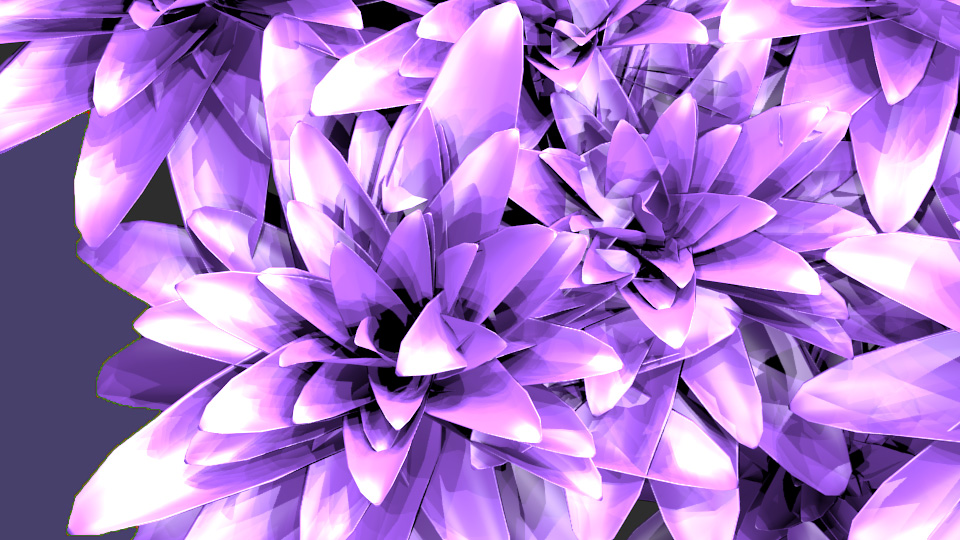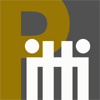the artist in Permittivity
I am interested in the ontology of a materials existence. With this in mind, my practice questions our conflicting relationship with the natural world contrasting with our obsessing desires for artificial matter and how this might affect our ability to empathise with the physical world.
Through the consideration of the ways in which intimacy is successfully promoted with the theory of proxemics, consideration of how a space is constructed is essential to the practice. The way that the space is constructed alters how visitors may choose to interact with the forms. Edward T. Hall highlighted the importance of haptic sensory interaction when gaining an intimate relationship with the physical space around you. The work aims to further investigate the theory of proxemics and how the digital may influence our spatial and haptic interactions with the physical space extended from us.
The two different making processes of the practice collide with one another, one is made on the surface of the ground, objects are hand made and influenced by craft, and the other forms are rendered digital objects that float in the virtual space. The ‘in real life’ making process is timely of nature, and independent components of the forms are made individually by hand. The repetitive motion of making refers to childhood activities of craft.
In contrast, the digital forms are modeled using open source software portraying captured images from a mobile phone and the structures can be quickly duplicated or composed through a set of tools on the computer. With these contrasting ways of working it allows the works to question the ways in which we relate to the natural world with such influence of the digital in our day to day lives. It brings to question whether we have lost or gained empathy towards organic matter in the Anthropocene.
the artwork in Permittivity
The work that I am going to exhibit at Permittivity of free space is a fossilised animation embedded into a mass of organic decomposable matter. The animation will have an organic structure which has migrating components. The digital organism will change and mutate throughout the time that it is exhibited in the space, parts of it will dissolve and detach itself as well as heal and grow. It will represent the high sped up ability for a digital object to develop and evolve over time within a space.


